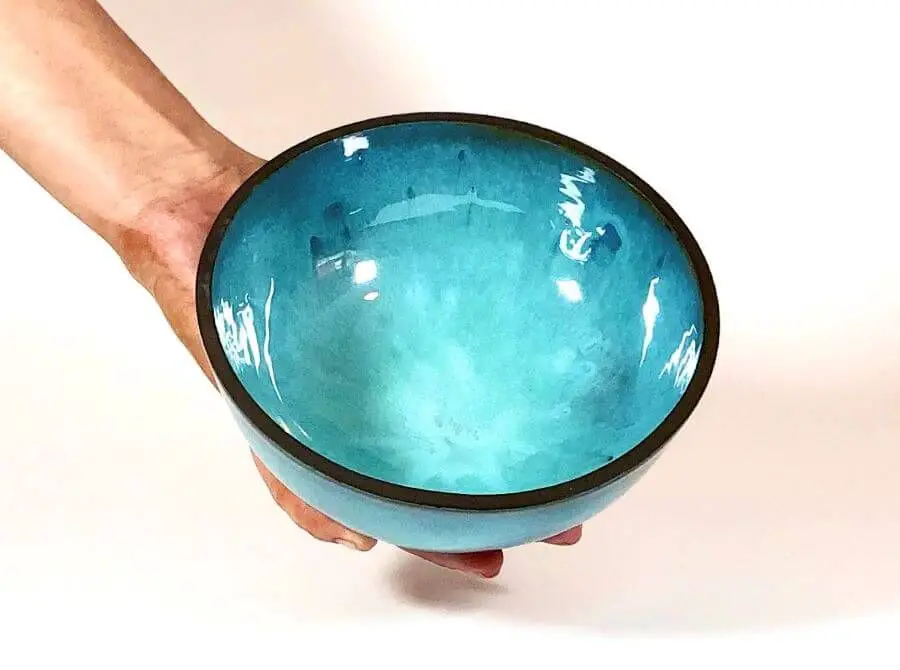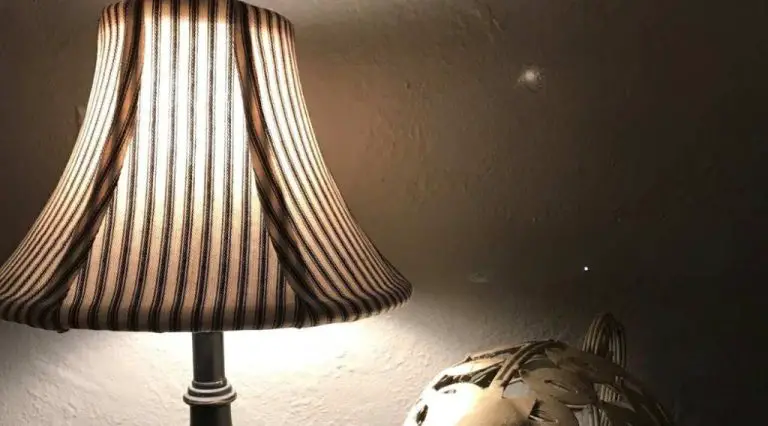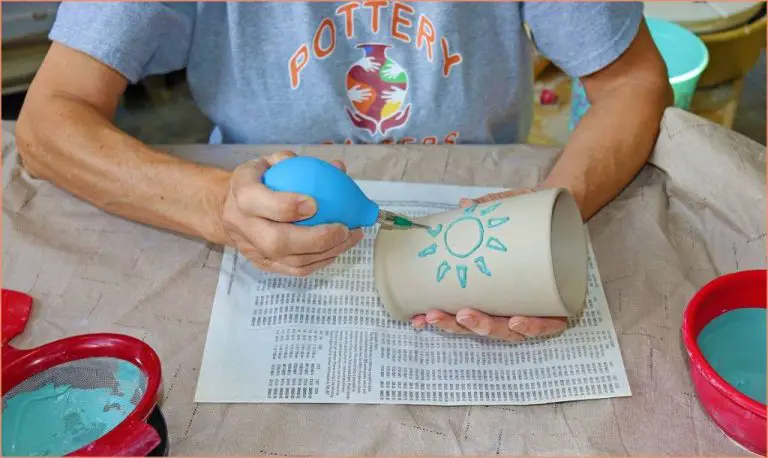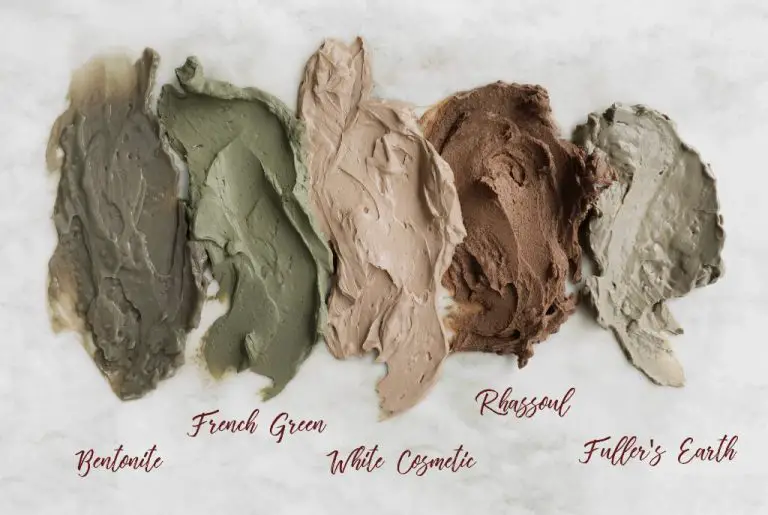What Are The Different Types Of Pottery Slip?
Pottery slip is a liquid mixture of clay and water used in ceramic production. It serves several important functions in pottery making including joining pieces of clay, altering surface texture, and adding color. There are various types of slips used for different purposes such as casting slip, engobe slip, terra sigillata, and underglaze.
Slips allow potters to join wet clay pieces together before firing as an alternative to score-and-slip joining. They can be brushed or poured onto the surface of leather-hard clay to add decoration and change the texture. Slips are also used between layers of clay to provide a transition. Different clays combined in slip recipes create diverse effects in the final fired surface.
The main categories of pottery slip include casting slip which is thick and used for mold casting; engobe slip for enhancing color and finish; terra sigillata which burnishes to a glossy sheen; mason stains for adding vibrant colors; and commercial liquid clay blends sold for convenience. Understanding the various types of slips allows potters to utilize them for bonding, altering surfaces, adding color, and more.
Clay Slip
Clay slip is a type of pottery slip made from clay, water and deflocculants. It has a smooth, creamy consistency and is used for a variety of purposes in pottery. The main components of clay slip are:
- Clay – Usually the same type of clay as the pottery piece, or a plastic clay like bentonite.
- Water – Added to liquify the clay into a smooth mixture.
- Deflocculants – Chemicals that prevent clumping, such as sodium silicate or Darvan.
Clay slip provides a smooth surface for finishing pottery. It can be used to join pieces of unfired clay prior to bisque firing. Slip is also excellent for “slip trailing” decorative designs. Its creamy consistency allows it to be poured and drizzled onto bare clay.
Casting Slip
Casting slip is a very fluid clay mixture with a high clay-to-water ratio. It is primarily used for slipcasting pottery. This involves pouring the liquid clay into a plaster mold so that the clay coats the inside of the mold and forms the desired shape as it dries. Casting slips need to dry very slowly to avoid cracking, so a high water content and flow aids are added to increase drying time (https://www.cromartiehobbycraft.co.uk/Catalogue/Throwing-Clay-Modelling-Clay-and-Pottery-Casting-Slip/Casting-Slip-Pottery-Slip-Slip-for-Mould-Pouring).
Popular casting slips like Ex-Cel Liquid Casting Slip have been used for slipcasting for decades because of their reliable properties that allow slow, even drying (https://www.cromartiehobbycraft.co.uk/Catalogue/Throwing-Clay-Modelling-Clay-and-Pottery-Casting-Slip/Casting-Slip-Pottery-Slip-Slip-for-Mould-Pouring/Ex-Cel-Liquid-Casting-Slip-Pottery-Slip-Liquid-Slip-CH1070). Casting slips are formulated for each clay body and firing temperature to ensure proper results.
Engobe Slip
Engobe slip is a clay-based slip that has been refined to contain less impurities than regular clay slip. It is often used by potters for decorative effects on pottery pieces.Les Cousins. Engobe slips come in a wide variety of colors and textures, allowing potters to achieve diverse aesthetic results.

One of the key benefits of engobe slips is their versatility. They can be applied in multiple layers to build up colors and patterns. Common techniques include brushing, dipping, pouring, and spraying the engobe onto the clay surface. The engobe can also be scratched or etched to reveal the underlying clay color beneath it.
Engobe slips are sometimes combined with other decorative techniques like sgraffito, mishima, and slip trailing. When fired, the engobe melts and fuses with the clay body to become an integral part of the overall surface. Skilled potters can use engobe slips to mimic the appearance of natural materials like stone, wood, and metal.
Terra Sigillata
Terra Sigillata is an extremely refined, smooth type of slip. It is known for its pale red color and glossy finish. Terra Sigillata was developed by the Romans, who used it as a decorative coating on their pottery. When burnished, Terra Sigillata produces a high-shine effect1.
The name “Terra Sigillata” means “sealed earth” in Latin. This refers to the impermeable surface created by the refined clay particles in the slip. Terra Sigillata slip is made by processing and filtering clay to remove any impurities or inclusions. This results in an extremely smooth, fine-grained slip ideal for brushing onto the surface of pottery.
In addition to its decorative qualities, Terra Sigillata also helped make Roman pottery more functional. The impervious surface made vessels less porous and prone to leaking. It also provided a durable, protective coating that was resistant to scratches and wear. When polished, the sheen of Terra Sigillata enhanced the aesthetic appeal of pottery vessels and tableware.
Mason Stain Slip
Mason stain slip contains mason stains as a coloring agent to produce vibrant colors in finished wares. The mason stains render the slip opaque, completely covering the underlying clay body color. This allows potters to achieve consistent, predictable results when coloring their pieces.
Mason stain slips are popular among production pottery studios because they offer bold, saturated colors that hold up well in duplicate runs. The slips are typically premixed by ceramic suppliers, providing convenience and consistency for high-volume pottery makers. Common colors include bright reds, greens, blues, yellows, oranges, browns, blacks, and purples.
While convenient, mason stain slips limit the potter’s ability to create custom colors compared to mixing their own pigments. The colors can also appear flat or artificial compared to the depth and nuance provided by natural clay stains. However, for production studios, the bright colors and reliability of mason stain slips make them an efficient and effective coloring option.
Underglaze
Underglaze is a colored slip applied before glazing. It provides decoration under translucent glaze. Underglaze comes in a wide variety of colors that allow for creativity in surface design. Underglaze is primarily used by ceramic artists and potters for hand decoration techniques like brushwork, finger painting, sponging, and stamping.
When underglaze is applied to clay and fired, it fuses into an intermediate glassy phase. The low melting temperature means underglaze can be applied before firing at higher temps. After glaze is applied on top and the piece is fired again, the underglaze designs show through the clear glaze with the original vibrancy of color.
Underglazes are available through ceramic suppliers in broad spectrum palettes with 20 or more colors. Popular options are bright primary hues, earth tones, pastels, jewel tones, and fluorescents.
Artists may apply underglaze directly onto dried greenware or bisque ware. The absorbent clay body readily soaks in the underglaze for vivid results. Common techniques are sgraffito, mishima, carving through layers, and wax resist.
With a diverse color selection, underglaze allows for unlimited decoration effects under glaze. It produces eye-catching results with relatively simple application techniques.
Commercial Slips
Commerical pottery slips are bought ready-made for convenience and to save time over mixing your own slips. However, it’s important to choose a commercial slip that is formulated to match your clay body. Using a premixed slip that doesn’t match the clay can result in the slip not adhering properly or flaking off.
Some common brands of commercial pottery slips include Mayco, Amaco, Laguna, Georgies, Spectrum, Duncan, and Continental Clays. Most major ceramic suppliers carry a selection of premixed slips. While the convenience of premixed slips makes them popular, learning to mix your own custom slip recipes allows for more control over colors and effects.
Mixing Slip Recipes
Getting the right consistency is crucial when mixing pottery slip. Using deflocculants is important to break up clay particles and prevent clumping. A common deflocculant is sodium silicate. The clay-to-water ratio will determine the thickness and needs to be adjusted based on the clay body and intended use. A typical starting ratio is 1 part dry clay to 3 parts water. Other additives can be used to modify slip properties. For example, calcium carbonate makes slip thicker and opaque while sodium carbonate thins it.
Here is a video overview of mixing pottery slip: https://www.youtube.com/watch?v=3GB-OmBJhBA&list=UUG7kd_tehx9E7CN5OIQMCXg&index=4
Getting the recipe right takes some trial and error. Test batches on tiles before mixing large amounts. Pay attention to thickness, application properties, and fired results. Keep detailed notes to recreate successes.
Conclusion
In summary, the main types of pottery slip are casting slip, engobe slip, terra sigillata, mason stain slip, and underglaze slip. Casting slip has a creamy texture and is used for slipcasting. Engobe slip is opaque and used for covering the surface of greenware. Terra sigillata produces a smooth satin matte surface and is made from refined clay. Mason stains add color while keeping porosity for raku firing. Underglazes add decorative colors under a transparent glaze.
The key differences lie in the ingredients, textures, and purposes of each slip type. While casting slips are used for molding, other slips serve decorative purposes for adding color, textures, and sealing the surface. Potter’s rely on the variety of slip types to achieve diverse artistic effects in their pottery. Slips allow potters to layer colors, connect parts, smooth surfaces, and add richness to their pieces. With mastery over slips, a potter can transform plain clay into beautiful works of art.




